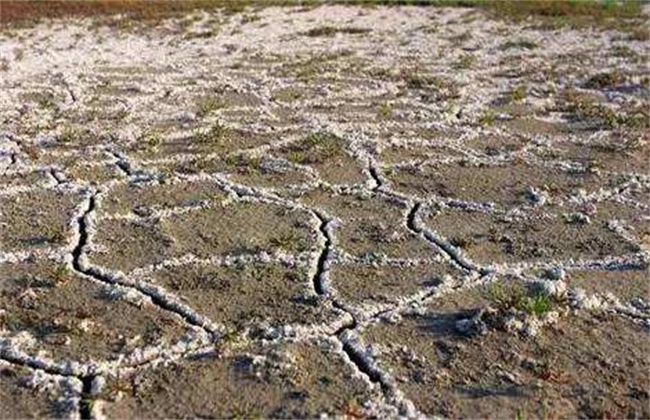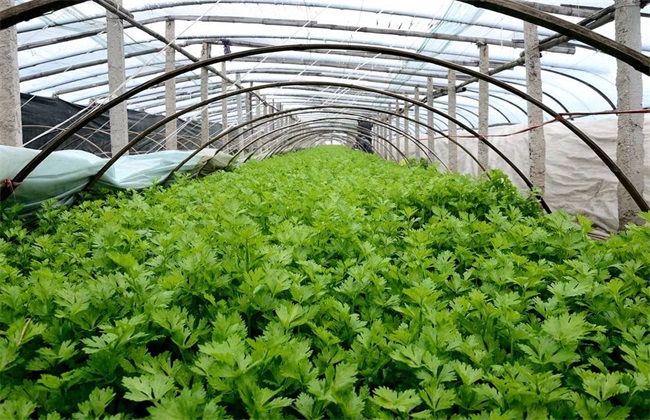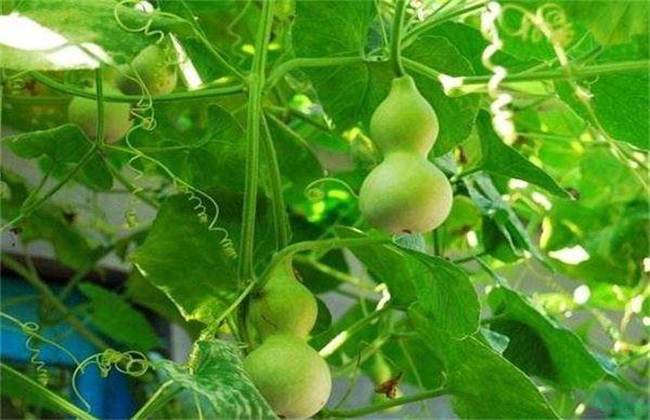Causes and control measures of soil salinization in greenhouse
Soil salinization in greenhouse is a common phenomenon of growing vegetables in greenhouse, which often leads to uneven crop emergence, yield and quality in summer, which directly affects the income of growers. So what is the reason for the salinization of greenhouse soil? What should I do? Let's get to know it.

1. Causes of soil salinization
The main results are as follows: 1. The environment of the greenhouse is relatively closed, the land utilization rate is high, and the amount of fertilizer is large. Without Rain Water getting wet for a long time, the fertilizer can not be dissolved into the soil, but remains in the tillage layer. In addition, the temperature of the greenhouse is too high and the water evaporation is large. The salt in the depths of the soil rises to the surface.
2. The watering times in greenhouse cultivation are too frequent, which results in the destruction of soil structure, the formation of consolidation, the poor soil permeability, the salt can not penetrate into the soil layer in time, and the salt accumulates after water evaporation, resulting in salinization.
3. Excessive application of chemical fertilizer increases the soil salt content, especially the excessive application of ammonium nitrate and other chemical fertilizers, which is more likely to cause soil salinization and consolidation in the greenhouse, resulting in the decrease of soil permeability.
4. When many growers apply human and animal feces and urine, due to the high temperature in the greenhouse, a large amount of ammonia is volatilized after the rapid volatilization of human and animal feces and urine, resulting in some salts remaining in the tillage layer, resulting in soil consolidation and salinization.
II. Prevention and control measures
1. Improve the soil
To improve the permeability of the soil, reduce the groundwater level and increase the content of organic matter in the soil, the method of deep turning can be adopted to turn the salt-rich topsoil to the lower layer and the lower soil with relatively less salt to the upper layer, which can greatly reduce the salt damage. At the same time, combined with soil preparation, improve soil structure, enhance permeability, increase ground temperature.
2. Increase the application of organic fertilizer
The application of organic fertilizer with more cellulose can greatly enhance soil fertility, which is not only beneficial to the extension of vegetable root system, enhance the absorption capacity of vegetable root system, but also greatly increase the content of soil organic matter.
3. Deep application of basic fertilizer
It is necessary to apply deep fertilizer when using chemical fertilizer as base fertilizer, and the principle of topdressing should be adopted as much as possible, and it is best to mix pollen and organic fertilizer, and then the amount of fertilizer should be strictly controlled during ploughing and topdressing. It is not suitable to apply too much fertilizer at one time, resulting in the increase of soil solution.
4. Advocate extra-root fertilization.
Plant growth mainly depends on the root system to absorb nutrients, but leaves and tender stems can also absorb nutrients directly from the spraying solution, which can promote extra-root fertilization, protect soil, urea and potassium dihydrogen superphosphate, and some trace elements can be used as extra-root topdressing.
The above is the greenhouse soil salinization causes and control measures, hope to help you, want to know more related knowledge, please pay attention to us.
Related
- Where is it suitable to grow horseradish in China? it is expected to see the middle altitude horseradish in Alishan.
- How to prevent tomato virus disease reasonably? (Control methods included)
- Many people like to plant towel gourd on the balcony. What are the main points of this method and management?
- What crops can chili peppers be mixed with?
- Fertilization techniques and matters needing attention in Tomato
- What are the grafting techniques for peach seedlings in spring?
- Harm and control methods of root swelling disease of Chinese cabbage
- What are the pests of sweet potatoes? How to prevent and cure it?
- Symptoms, causes and Control methods of navel Rot in Tomato
- The cause of "Cucumber rotten bibcock" in Farmers' planting Cucumber and its Control Plan



